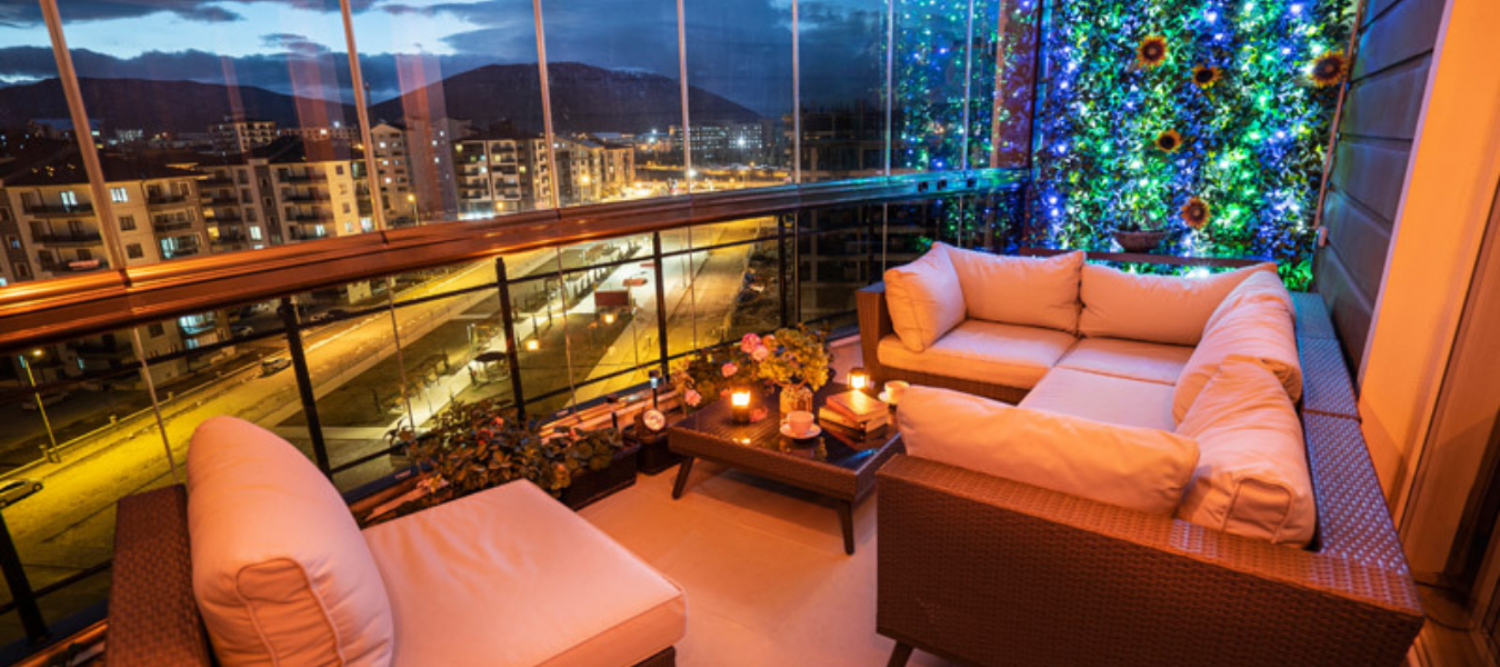Normally, a STOVE CANNOT BE INSTALLED in a house or workplace without a chimney. However, if you have a detached, single-storey house or workplace, you can install a stove by removing the stove pipe from the window or wall.
stove pipe; The sheet metal is removed from the window and wall, 25 cm away from the eaves, and in order to prevent smoke from rebounding, the highest point of the chimney is installed 100 cm higher than the highest point of the roof, using a hat at the end. The junctions of the pipes are covered with a strap and by connecting this strap to the wall and ceiling, they are prevented from separating from each other and falling over. The distance between the chimney pipe you take outside and nearby obstacles such as tall buildings or trees should be at least 6 m.
The parts in contact with cold air must be insulated to prevent the flue gas from cooling and becoming heavy and chimney blowing. If the condensation water in the chimney continues despite this process, it is allowed to go to the condensation drain with the help of a small hole and a discharge pipe under the upward elbow outside. If these operations are not carried out, it will start to distill from the pipe joints inside.
If it is necessary to pass a pipe through the wall, a pipe or pipe is placed on the flammable part of the wall, such as oil paint or wood, and the pipe is passed through this hole.
The biggest reason why the stove chimney does not shrink is that there is no slight upward slope from the stove to the connection point on the wall. If there is no slope, pipe connections are made with a gentle slope of 10-15%.
The stove should be installed at least 50 and at most 150 cm away from the wall. Excessive elbows and pipes should be avoided and a maximum of two elbows should be used. Excessive elbows should not be used unless necessary.
Long horizontal pipes should not be used. Horizontal pipes should be no more than 2 m.
Stove, elbow and pipe joints must not leak smoke. Sealing can be increased by taping stove pipes, elbow joints and the chimney entrance with fireproof aluminum tape.
Another important criterion you should pay attention to in your chimney on the roof is your chimney cap. The most important feature of an ideal chimney cap; It prevents the chimney from pressing back and rainwater from entering the chimney in adverse windy weather such as Southeastern or Northeastern winds. Wind vane, chimney winder and rotary hat have a special system that prevents smoke from coming back into the stove pipe. This system, which is not affected by rain, wind and southwest wind, prevents deaths caused by carbon monoxide gas.
As the OZYSTOVE family, we wish you safe, peaceful and warm days.
M.Ozan DERELİ
Civil Engineer MSc





